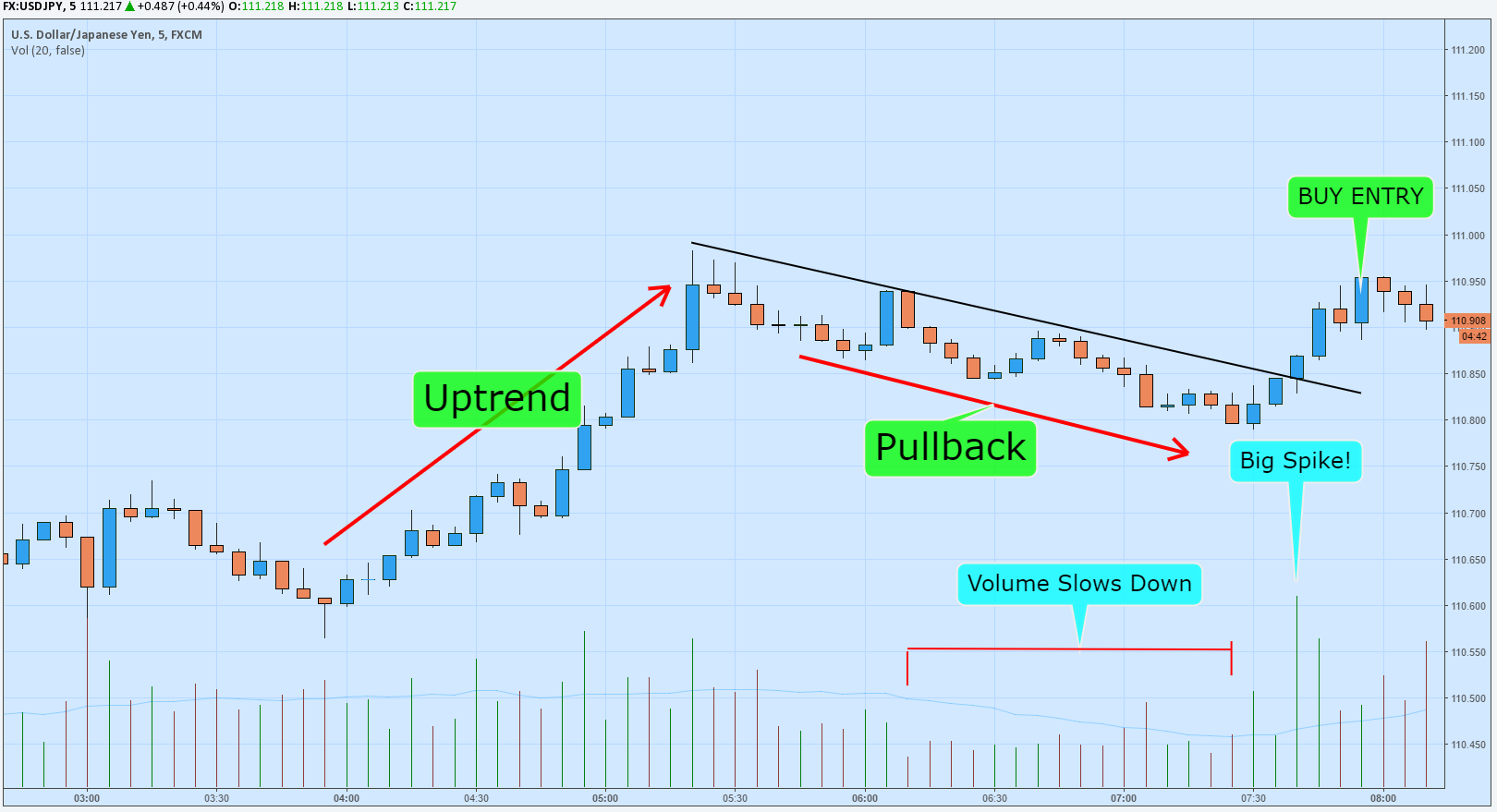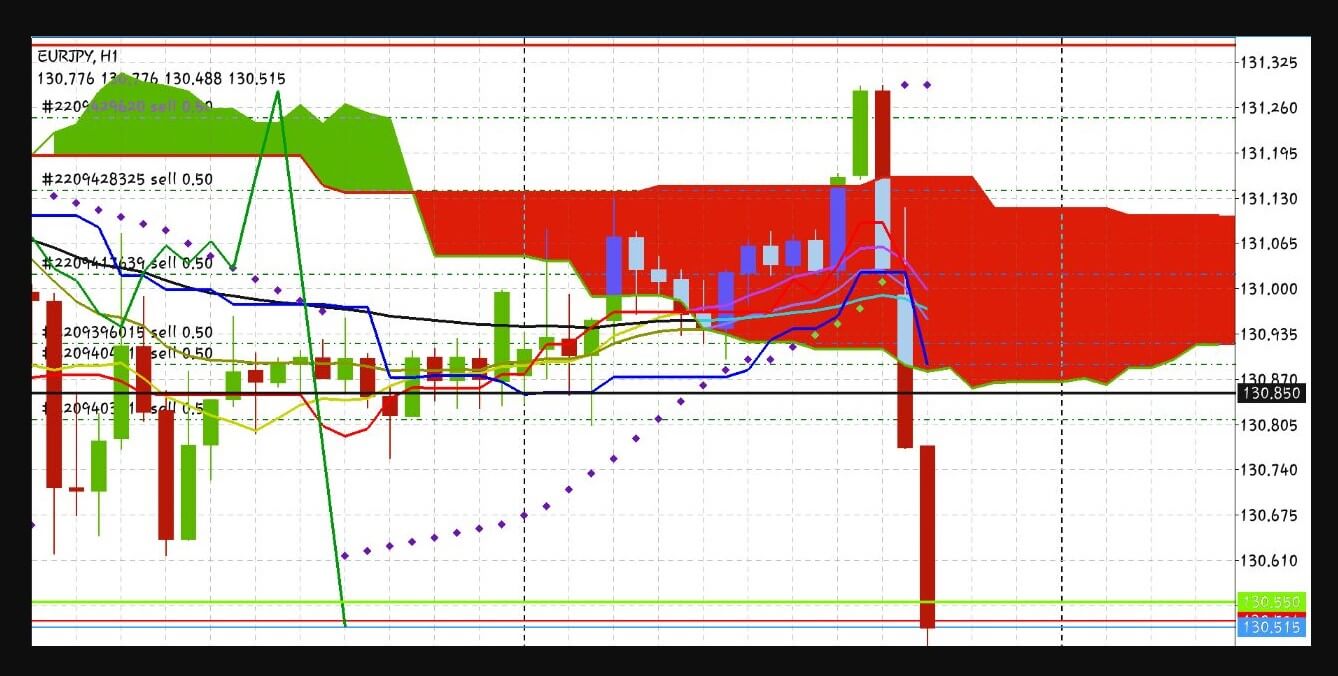We all know how time is an extremely important concept in trading. We initially invest time in learning about the spot forex market’s specifics and its principles to gradually move towards choosing time frames and the right moments to enter and exit trades. Among all time-related aspects of trading, there is one which may often puzzle forex enthusiasts and it deals with the amount of time we should dedicate to overlooking our trades. Is there a prescribed quantity of time a day we should use to monitor the trades we are in and, more importantly, what are we setting ourselves up to achieve? Will cycling through lower time scales increase our chances of maintaining a trade’s health or will it turn out to be an effort to micromanage the trade in question?
Many a time have forex traders experienced dry spells trading the daily chart. The slow periods of no action can certainly get on your nerves, so you may naturally notice some opportunity believing that you can spice things up a little. You may feel that some fine-tuning of the entry and exit points can bring that long-awaited breath of fresh air along with a few extra pips. However, are we wearing rose-colored glasses in this case, and would this relief eventually end up being a rather costly maneuver?
Often when an indicator gives out a signal to go the other way on a specific time frame, you immediately jump to the conclusion that it is time to take action despite you being in the middle of a trade. Any trade that starts off in a really promising way on the daily chart may easily charm traders and push them to make decisions they would otherwise brush off as unwise options. What frequently happens is that you can see the amount you could earn in the end when, all of a sudden, the total amount of pips drops substantially along with your enthusiasm.
Even though you may question whether loosing 200 pips is acceptable, you may also need to accept the fact that these changes are simply an inherent part of the market. The way currency pairs move is in waves, which hence includes moves and retracements. The moments where trades feel uneasy is when they notice oscillations and thus feel no longer in control over the trade. While this may quite naturally be an unnerving feeling, professional traders often stress the lucrative side of enjoying long runs, rather than exiting trades before they have reached their full potential or fearing to let go.

Experts in this market typically use small wins to negate losses, understanding how being patient can bring them approximately between 500 and 1500 pips on a longer trend. As a result, they will then put additional effort into taking part in these very long runs, which naturally occur a few times each year on every currency pair. Some professionals in this field point out how relying on risk-to-reward ratios (e.g. 2:1 or 3:1) can be particularly harmful if you desire to see a trade blossom, and entering into a lower time frame only to give up as soon as the price starts going in the opposite direction appears to be no different.
While some concern over the trade is expected, especially in beginners, learning how to let your trade breathe is the only way you will teach yourself the patience and the resilience required for entering the long runs which can grant you the greatest financial reward. Any currency pair will retrace at some point and, what is more, you will probably experience a few retracements as the trade unfolds. If you step back and exit your trade the first time you encounter this phenomenon, you will prevent yourself from having the opportunity of reaping the fruits to the fullest.
If you learn how not to give in to this urge, you will actually gain a few benefits. Your account, and your finances, will grow along with your psychological resilience. If you are looking to boost your trading experience, you can always consider trying out new tools, but using lower time frames to manage an existing trade has generally proved to be a form of sabotage. While seeing a half-full glass is always a great approach to life, opening your eyes to the downside of this or any other activity is an extremely important ability. In the case of using lower time frames for entries and exits, the cons seem to be outweighing the pros and you could, as many professional traders do, strive to focus on what you are getting as a reward for being patient.
By focusing on regret and what you are missing, you are stopping yourself from seeing the bigger picture. Unfortunately, if you cannot see the forest for three trees, how can you think of a future as a trader? Traders’ success depends on acknowledging the comprehensive and versatile nature of this market, but giving in to passing whims and gloomy thoughts will prevent you from growing both in terms of skills and finances. Professional traders always emphasize the importance of learning how to fully trust one’s system at every step of the trade. If you use a tested set of indicators, you will certainly receive various signals. Therefore, if you trust your algorithm to tell you when to enter, why would you doubt it under any other circumstance?

Entering a trade at another point, which a trader believes to be better in comparison to the daily chart, by going into the one-hour or four-hour chart and hoping to manage it on the daily chart is also not advisable. The daily chart is assumed to be the most accurate chart by many professional traders, which further implies that turning to other charts will only provide a lower degree of accuracy. Some traders also contemplate looking up lower time frames after a trade has been set up on the daily chart. An approach like this is believed to be triggered by the fear of missing out and is thus more of a compulsive act that a rational, tend- and indicator-based decision.
Some professional traders have already discussed their experiences with similar situations where they found a great setup on a particular currency pair on the daily chart which they compared to the four-hour chart afterward. What they learned is that the likelihood of equally getting a small entry on the four-hour chart is very low, whereas the odds of it running past their entry point on this chart were much higher. What these experts also discovered is that seeing such discrepancy often instilled fear of the price going in the opposite direction. The result of the whole experience was a diversion from the initial plan that would cause them to miss profitable opportunities, as the price would simply keep going the same way as before for hundreds of pips.
A professional trading career should not revolve around getting angry over inevitable losses but ensuring that you do not omit extremely good opportunities because of feeling insecure. The rationale of the story above is that any trader can get to see some drawdown, but it is the manner in which they deal with it that will essentially determine what will happen to those additional hundreds of pips. If you believe your trade to be an obvious winner right from the start, trust your system all the way to the very end of that trade.
Being a professional trader does not imply that one should stop searching for perfect entry or exit points, but should learn how to cope with one’s emotions and stop being greedy. One may need to accept that a 500-pip trade will end up being a 275-pip run at times because this is the nature of the forex market. More often than not, traders only complicate the trade instead of accepting a degree of simplicity and inevitability. Traders need only build a system they can trust, and do that consistently.

With regard to trust, some traders may think the weekly chart is a better option for swing trading, higher the timeframe the better, right? Wrong. Some professional opinions advise against using weekly charts due to it being less accurate than the daily chart regardless of how it may appear. Their reasoning stems from the fact that the extent of fundamental changes occurring in a week’s time can override any technicals. In contrast, a daily chart leaves less room for traders to miss key points, which allows them to react accordingly and timely.
Trend traders may often feel perplexed when they think of long-term prevailing trends because they may come across some seemingly contrasting situations. In the course of such long trends, what matters is the fact that, by relying on previously tested tools and a developed system, traders will get the opportunity to make use of retracements with 500–800 pips. Both drawdown and retracements are a natural part of trading in the forex market, and exiting a trade at the most optimal point is not the way to ensure success in the long run. In addition, traders should get comfortable with fully trusting daily charts because they may miss out on a really good short trade on a particular currency just because it turns out to be in a long trend on the weekly chart at the same time.
By focusing on a daily chart, traders will not only grant themselves more accuracy, but also help their algorithms perform better. Likewise, using other time frames will, as we explained before, only complicate the entire trading process, as it will inevitably introduce some other misleading data that, combined with an underdeveloped trading mindset and distrust in one’s own system, can potentially ruin a trader’s account. Find comfort in knowing that, despite any current discomfort, the benefits you will reap at the end of the year will directly result from the level discipline you have exercised and exerted consistently.

